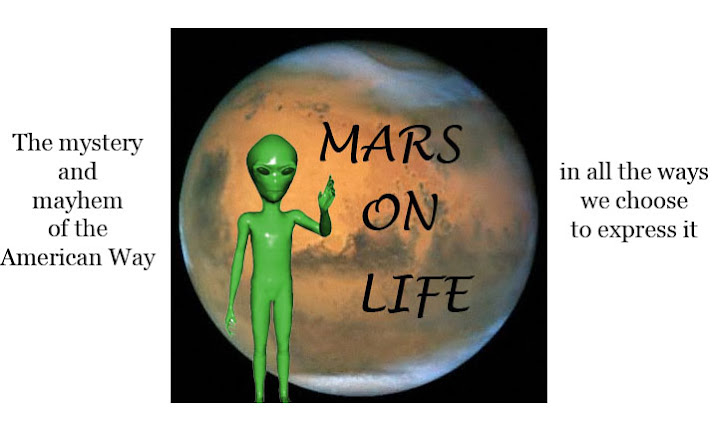History is the lie commonly agreed upon, Voltaire remarked, and what he meant was that history was generally written by those who had a vested interest in making sure posterity was recorded in a select way. A couple of centuries later, someone comes along and stamps his subjectivity all over what was already a biased account and the whole thing becomes a record not of fact but of ego.
History translates to fashion in exactly the same way, minus the politics. Since few can resist rewriting history to include oneself and since artists tend to wield colorful paintbrushes, marrying royal history to the runway can be highly diverting.
One such diversion was John Galliano's revanchist men's collection based upon the frost fairs of Stuart England. The way Galliano had it, a frost fair looked quite a bit like the Folsom Street Fair in San Francisco, peopled by bloody and naked gay men parading around in leather masks, nooses, and designer briefs.
If Galliano's dissident revisionism was a bit too gory and homoerotically biased, then Alexander McQueen's was operatically romantic. The former was exempt from day-to-day living and the latter had a sorely needed grandeur.
The best way to view history is the way it was viewed in these two collections, as two sets of totally disconnected events. Forget about what happened in the five hundred years between 1450 and 1950, the two periods the designers used as inspiration. No doubt some glimpse of the House of Orange will eventually turn up on the catwalks.
McQueen's Fall 2008 collection partially considered the House of Windsor during the Norman Hartnell era. Hartnell began designing for the women of Windsor in the 1930s, at a time when the sun was still setting on the British Raj.
McQueen can be forgiven for a bit of ludicrous Anglomania, because, after all, he is English. And it was well-done Anglomania, wearable Anglomania, at least by Barbie. This is a textb ook example of the trouble with preconception, of forcing one's view upon the historical bottom line. An ermine coat was fictionally reminiscent of Barbie's wardrobe, circa 1965. This is an American prejudice, although surely there must be an English cognate.
ook example of the trouble with preconception, of forcing one's view upon the historical bottom line. An ermine coat was fictionally reminiscent of Barbie's wardrobe, circa 1965. This is an American prejudice, although surely there must be an English cognate.
Equally doll-like were party frocks whose dense layering resembled that of tutus. These transitioned from the costumes of gothic music box figurines to--covered in feathers--the Swan Lake corps de ballet.
Also parading down the runway were snappy little military jackets worn over frothy King and I pants and a marvelously depressive hooded sweater dress that looked as if it might have originally belonged to an East End cockle seller.
You can see the limitations of a linear view of history. A collection like this one would be impossible to understand without the ability to make discoveries with each look. The scholar would want logic and the author perspective. McQueen would have to admit that his India was geographically misplaced in the vicinity of Thailand. Women would feel guilty for regressive fantasies and King Mongkut would want his pants back.
Perhaps history is only half an untruth.
Tuesday, March 4, 2008
Paris Fashion Week: History Is the Lie Commonly Agreed Upon
Labels:
Alexander McQueen,
Paris Fashion Week
Subscribe to:
Post Comments (Atom)



6 comments:
I would love to go to a McQueen show someday!
I'd prefer the package trip - half a day wondering through McQueen's head and then take in an evening show!
Now, this was something I was waiting for!
I loved the way you put it with words. I usually have trouble when I adore a designer and a collection as much as I adore this and my eye finds a certain flaw I can't verbalize.
You should either be my mentor for life or write me an exclusive kick-ass textbook. Bravo.
xx
Inaki, I did this essay for you!
xxx
Okay, how behind am I??? =)
I actually am not sure i agree with you on this one (extreme shock!)
I think there is a lot of complex stuff that McQueen does with history, I don't think it's simply a matter of historical cut and paste. That is, i don't think he is a philologist...I don't see a standardization of the historical imagination here...
This was Anglomania with a spin towards the colonial era (some of the jewellery and shoes were the dead spit of trad Indian designs), and it was rather brilliant. What I wouldn't give to have seen it in person, though..
Post a Comment